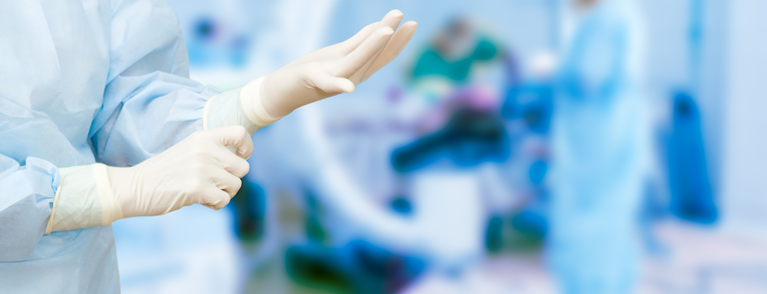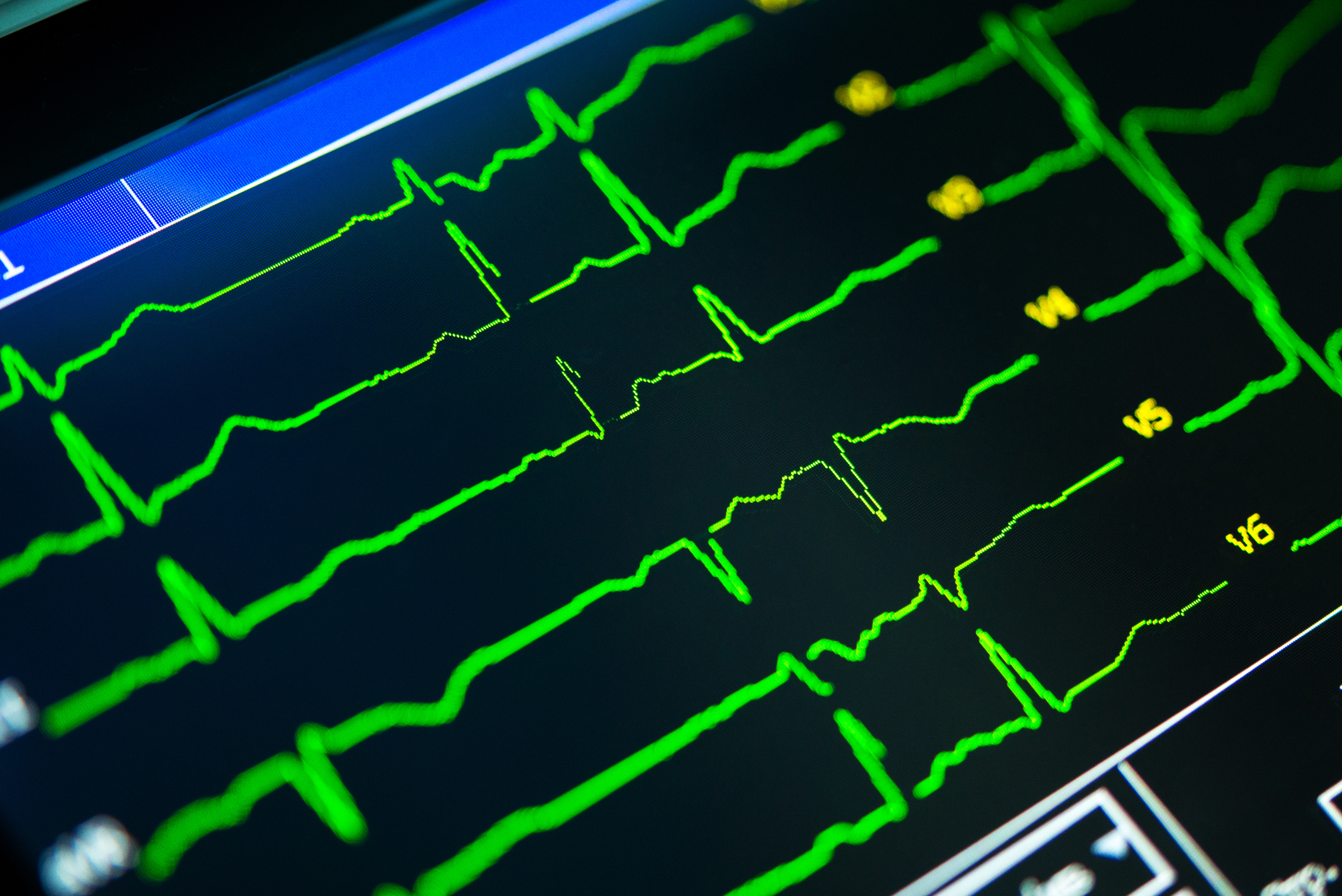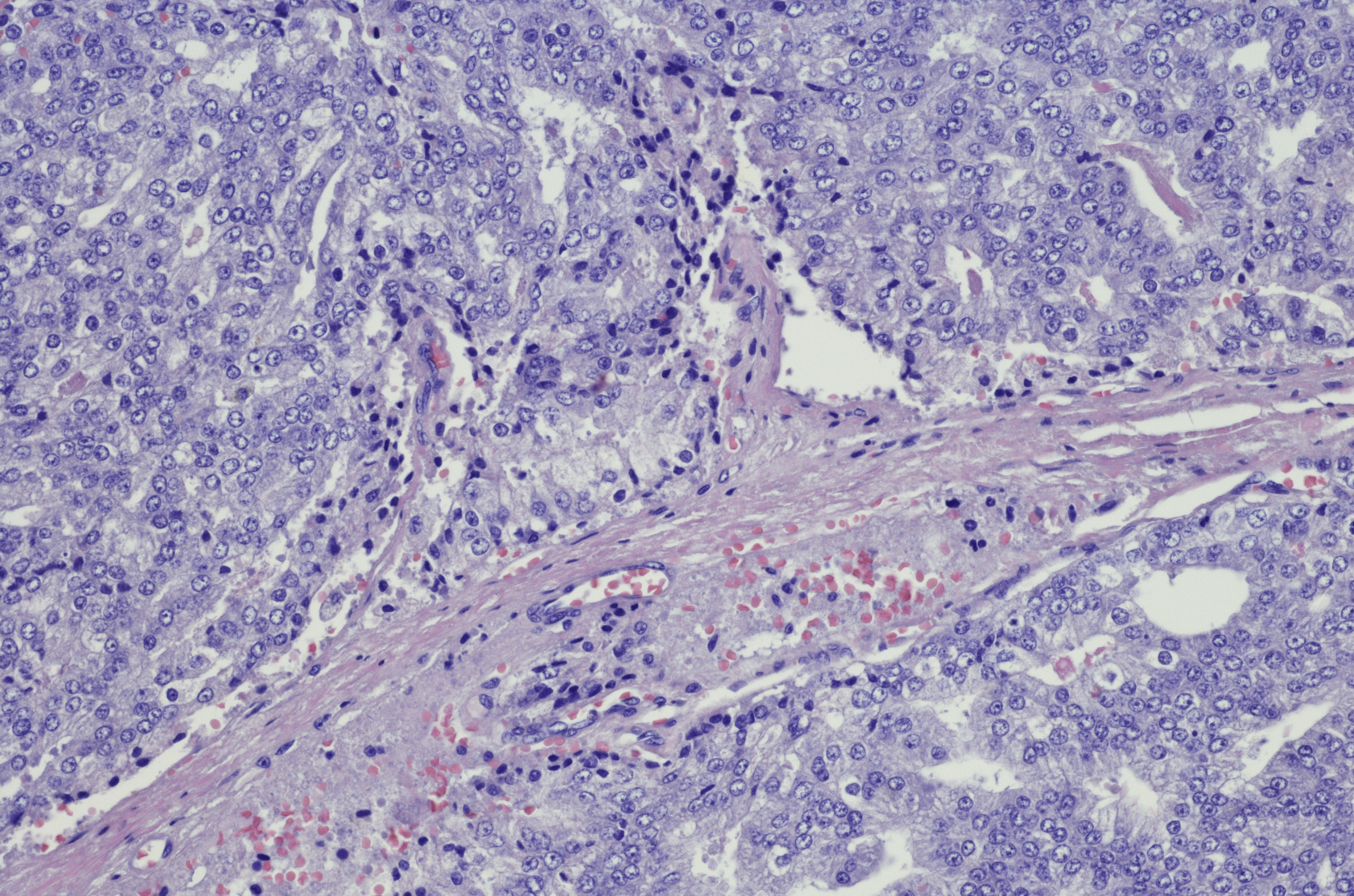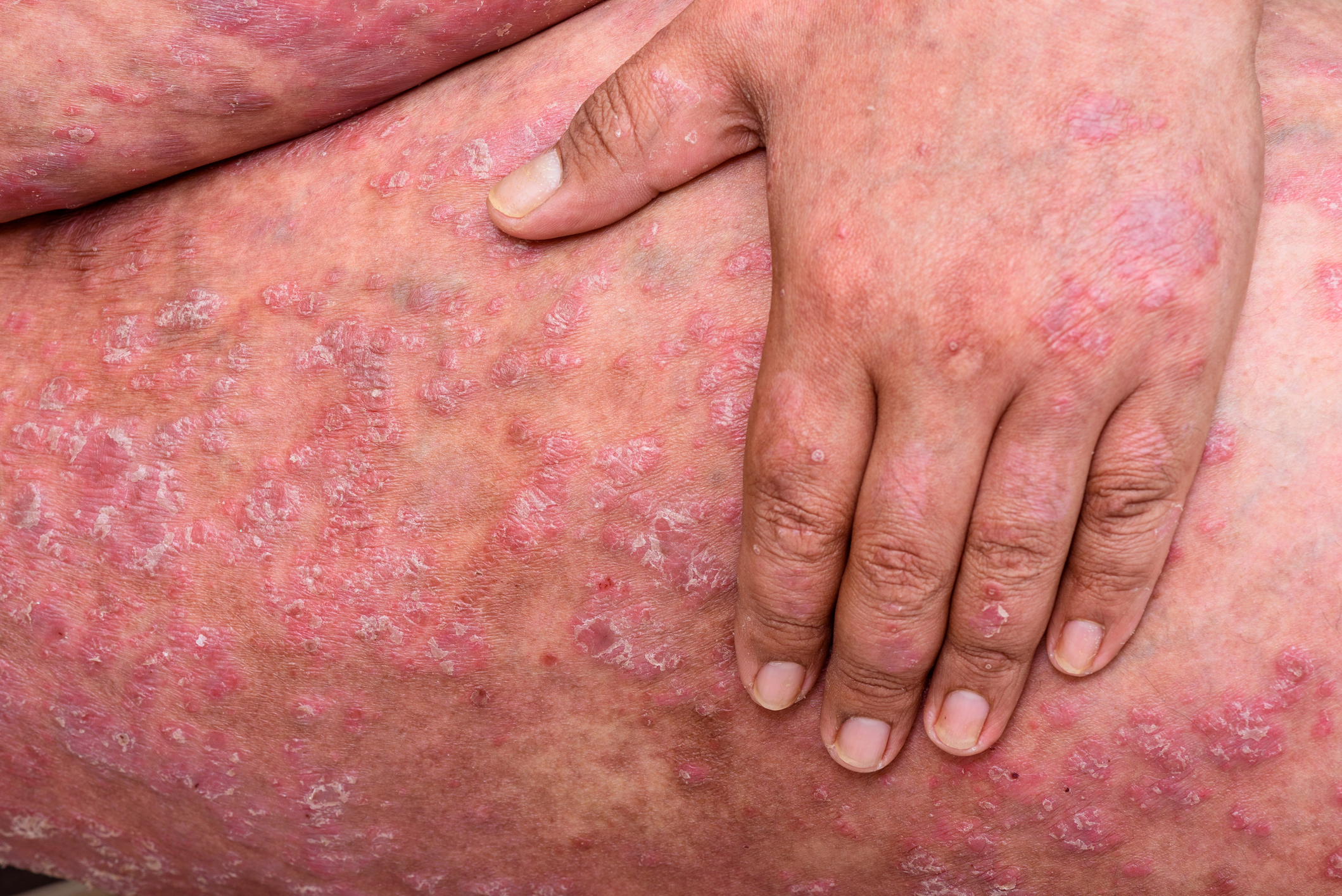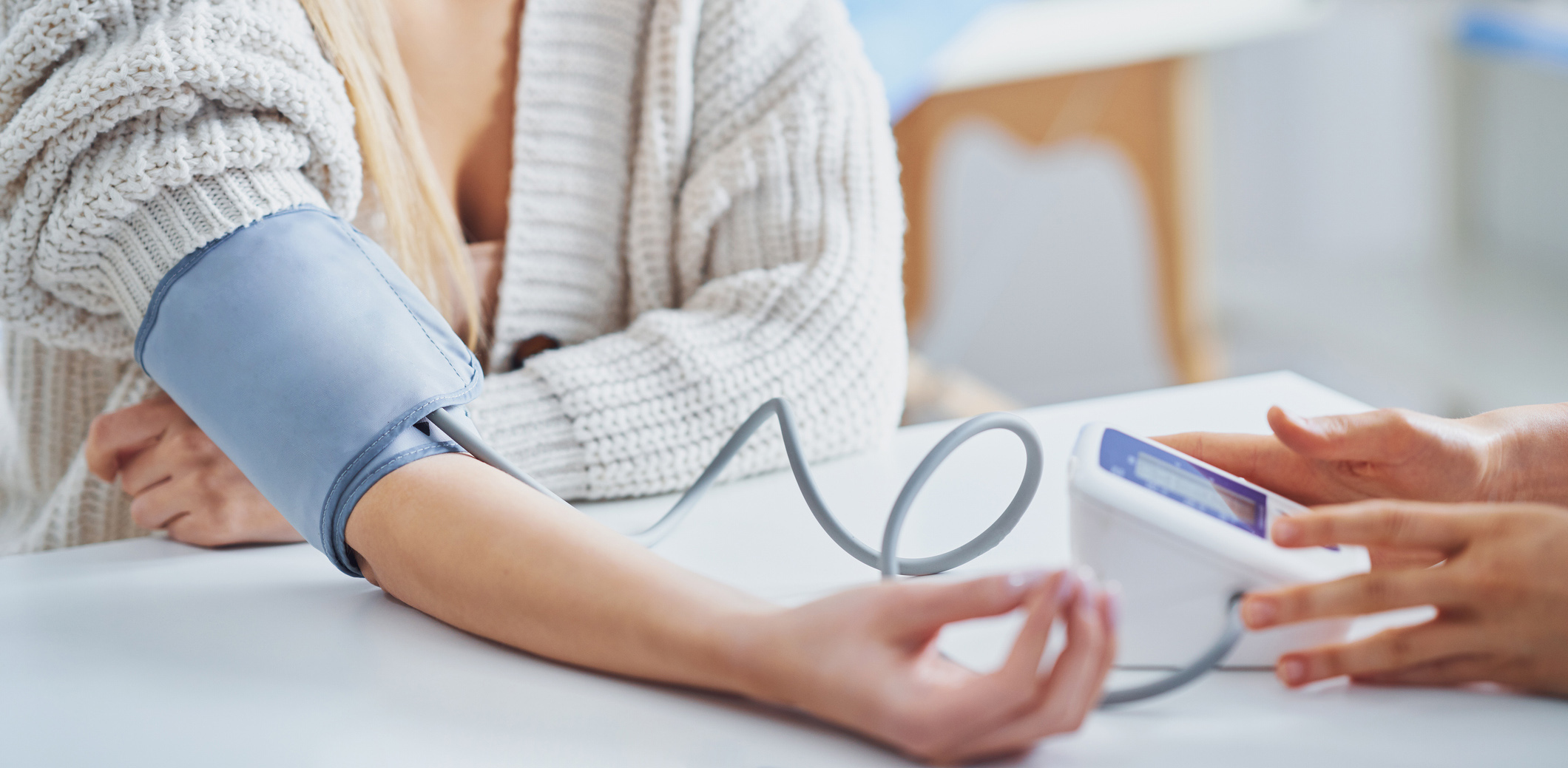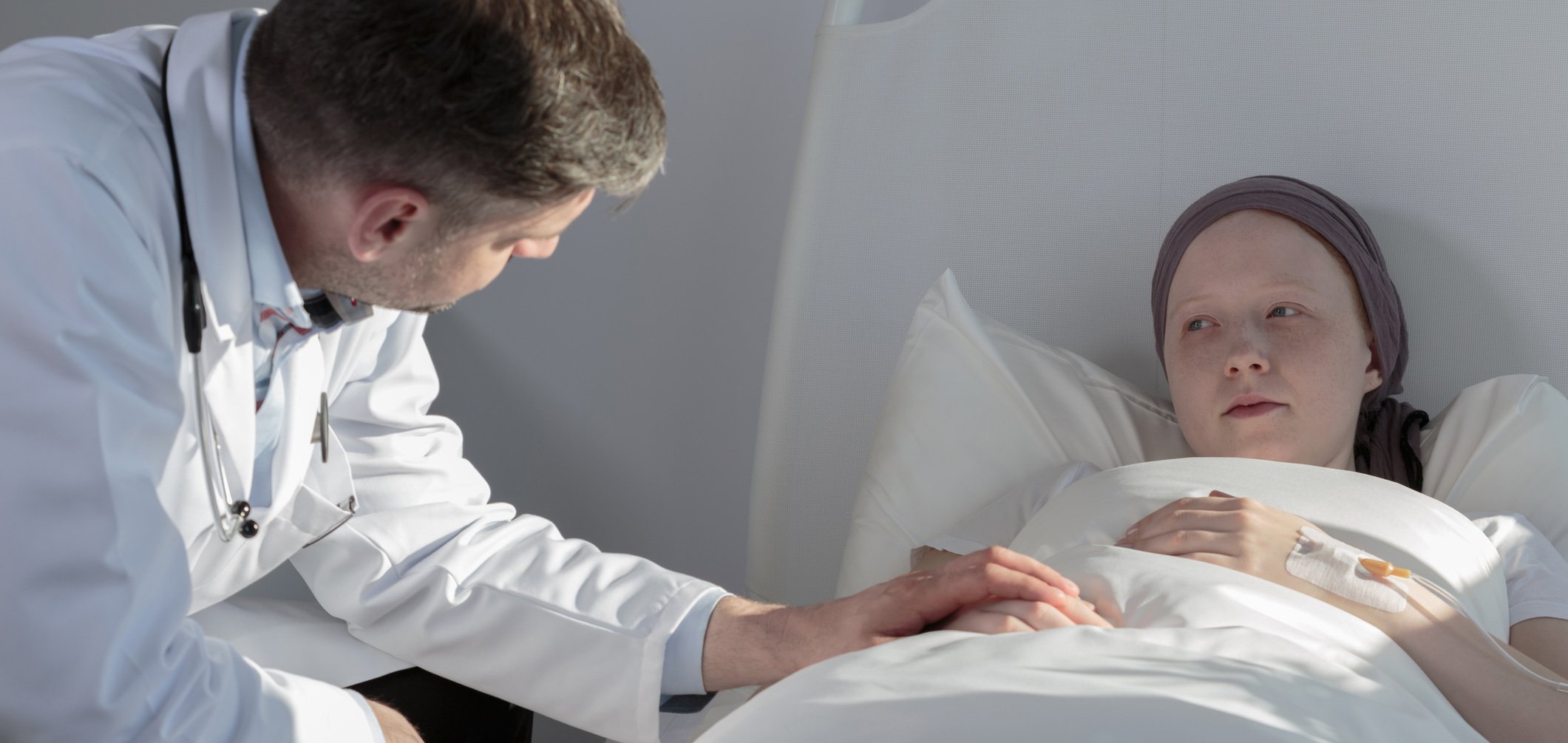With CARDIOVASC, PD Patrick Diemert, MD, of the University Heart Center Hamburg, Germany, discussed the advantages of Edwards’ new generation of TAVI heart valves. He discussed the advances over older models and provided comprehensive information on his own practical experience with the valve prosthesis.
Dr. Diemert, what is there to report on the development of SAPIEN valves in the field of TAVI?
Dr. Diemert:
The Edwards SAPIEN 3 is used for catheter-based aortic valve replacement, known as transcatheter aortic valve implantation (TAVI). In this procedure, the valve prosthesis is inserted transfemorally via a catheter starting from an artery in the groin or transapically directly via the apex of the left ventricle (using a minimally invasive, small incision in the area of the left chest wall). To date, the Edwards SAPIEN is the only balloon-expanding TAVI valve on the market with worldwide distribution. Other self-expanding TAVI prostheses also exist.
The direct predecessor of the SAPIEN 3 was the SAPIEN XT. Before that, again, we had the SAPIEN, which is particularly important because it was used to conduct the PARTNER trial (the first large randomized trial to demonstrate the clinical benefit of TAVI in the context of evidence-based medicine) at that time. The two arms of the PARTNER trial (A and B) compared TAVI with conservative therapy, showing a 25% mortality reduction with TAVI, on the one hand, and the noninferiority of TAVI in patients at extremely high surgical risk, on the other.
The modifications in the transition to SAPIEN XT were rather small compared to SAPIEN 3, although important (e.g., simplification of the catheter and reduction of the airlock sizes).
SAPIEN 3, the latest generation, now brings significant improvements. I was involved in the CE approval study in Europe (completed December 2013). We also implanted the world’s first commercial valve of this generation in Hamburg. So I have been following the development and I can say that it is a significant step forward that has been made with this new product.
What are the specific advantages of the new generation?
Basically, due to the progress and partly also the explicit wishes of the patients, there is an increasing discussion about whether TAVI is also suitable, for example, for patients with intermediate surgical risk or for younger persons. Of course, such considerations are viewed very critically by some. After all, the superiority of the surgical conventional option is that the functional results are more controllable. Data from various studies and registries have shown that the problem of paravalvular insufficiency/leakage (PVL, small gap adjacent to valve-bearing stents) is associated with a significantly worse survival prognosis after TAVI. So this is a clear limitation of TAVI and it is therefore the focus of TAVI research. With the SAPIEN 3, a seemingly simple solution was found: it is surrounded by a so-called “skirt”, a tissue-like sheath, which covers the end of the TAVI stent located towards the left ventricular ejection tract. It works as a kind of waterproofing. So although the idea seems rather simple, it works surprisingly well. In addition, the size of the catheter/lock has become smaller again (from 18 to 14 Fr), so it is possible to treat patients with smaller groin vessels. The transapical catheter also decreased significantly in size (from 26 to 18 Fr). This makes the procedure much less invasive. Lastly, the actual stent framework was modified, resulting in a larger radial force. This probably contributes to the PVL being lower.
I would like to go into this in a little more detail. How have the advertised advantages proven themselves in practice? What was your personal experience with the new flap?
My personal experience includes 30 implantations since August 2013. In conclusion, the rate of PVL was very low and we did not have to do a single postdilatation in these 30 patients, which is often required when PVL occurs. This re-stretching involves dangers and creates renewed risks (e.g., risk of stroke). If they can be avoided, as in all our cases with SAPIEN 3, this is an important step forward.
In which development or approval status is the flap?
It has only recently been approved in Europe in January 2014. This month, we also used the first commercially available SAPIEN 3 flap. Now, Europe-wide, there is a switch from SAPIEN XT to SAPIEN 3. For many interventional cardiologists, this topic is therefore of great importance.
Interview: Andreas Grossmann
CARDIOVASC 2014; 13(3): 24


